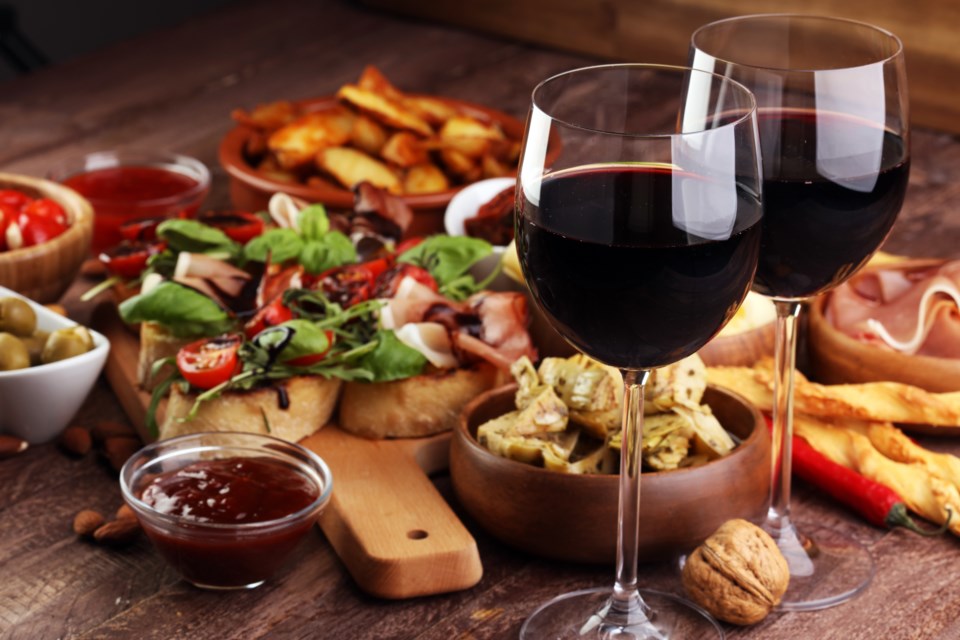Netflix Canada & Ontario Wine…the perfect pairing!
Here are my three recommended pairings (movie/series and wine):
“To All The Boys I’ve Loved Before” PAIRED with Marynissen Estates Bottoms Up Red 2017
This lush ruby-red Cabernet Sauvignon Merlot blend is berry-driven and the ideal match for this flustery tale of first love.
Tasting Notes: Seduces you immediately; rich and expressive aromas of cherry, plum and raspberry that also carry through to the palate with a smooth long finish
“Virgin River” PAIRED with Nyarai Cellars, Field Blender’s White 2017
Nothing complements a fresh start at romance quite like wonderful aromatics and orange blossoms
Tasting Notes: An elegant style that features rich complex and exciting aromatics; effortlessly displaying notes of apricots, honeydew melon, and orange blossoms; edgy minerality runs throughout with crisp acidity onto a long citrus finish
“Self Made” PAIRED with 13Th Street June’s Vineyard Riesling 2018
Aromas of lime and wildflowers pairs beautifully with the inspiring confidence and drive of M.C. Walker
Tasting Notes: Delicate whiffs of honey, beeswax lend depth to crisp ripe peach, apricot flavors with some stony mineral tones; this spry yet penetrating Riesling finishes with juicy concentrate stone fruit flair.
#nationalwineday #winecountry #vqaallday #vqa #vqawinesofontario #ontariocraftwine #winenow #winesofcanada #ontariowineroute #niagarawine #drinklocal #VQAathome #winelovers
#netflix #series #netflixandchill #movie #netflixseries #movies #film #netflixcanada #edit #tv #cinema #65inchtv #netflixmovies #seriesnetflix #netflixoriginal #netflixshows





